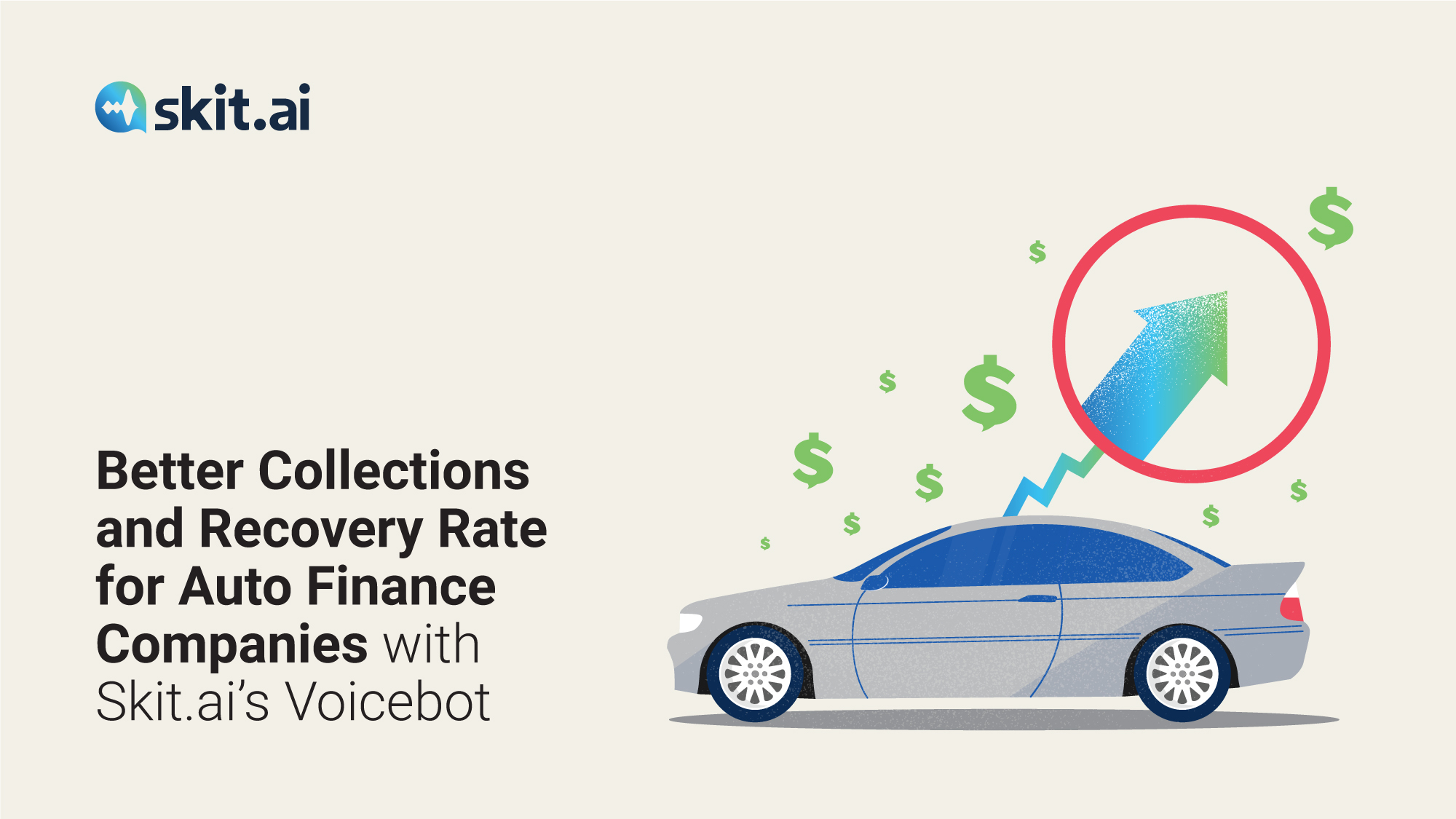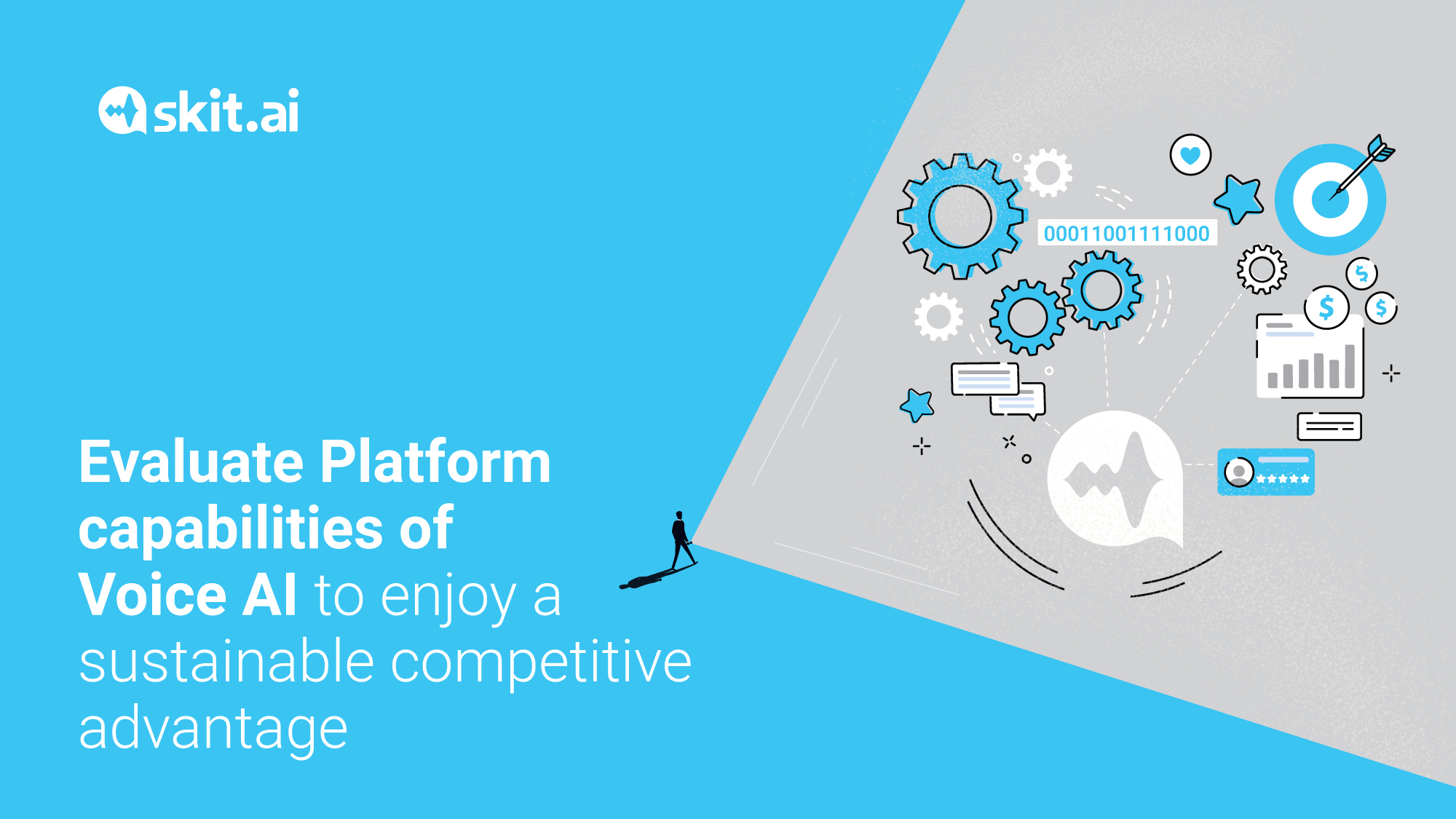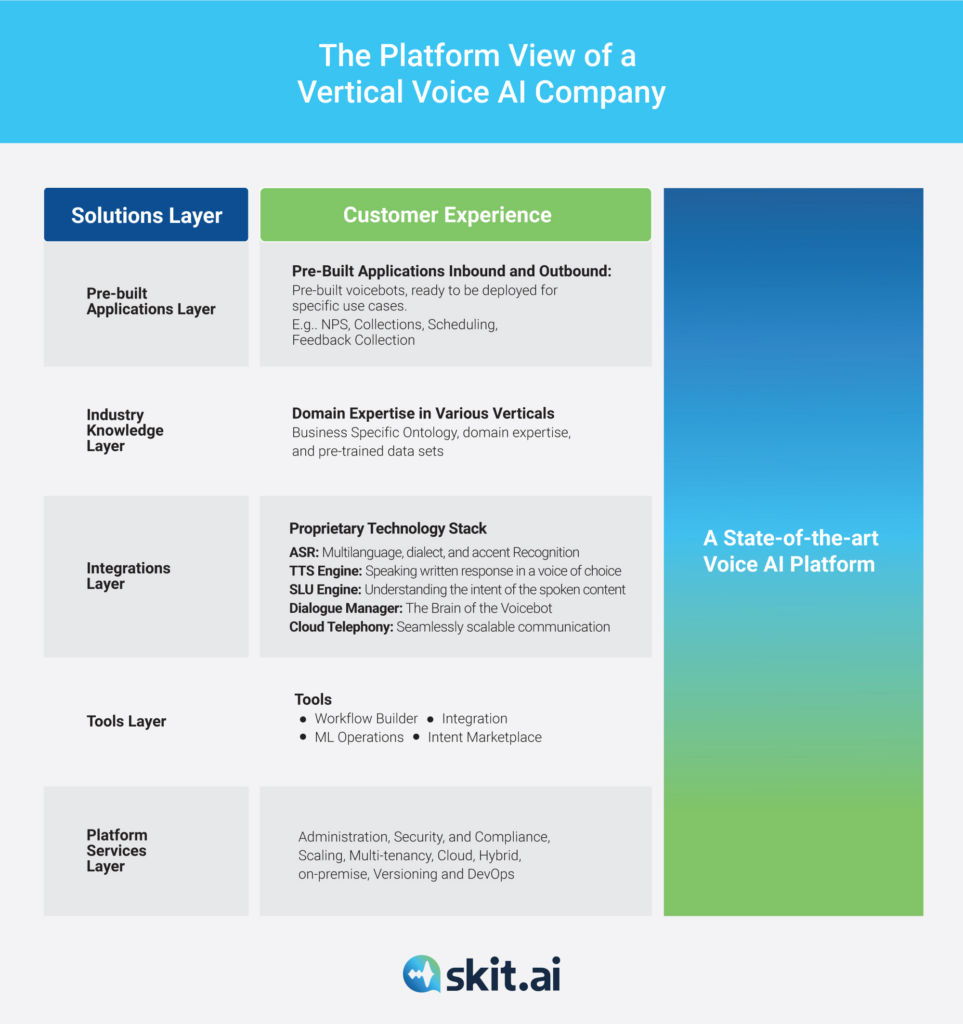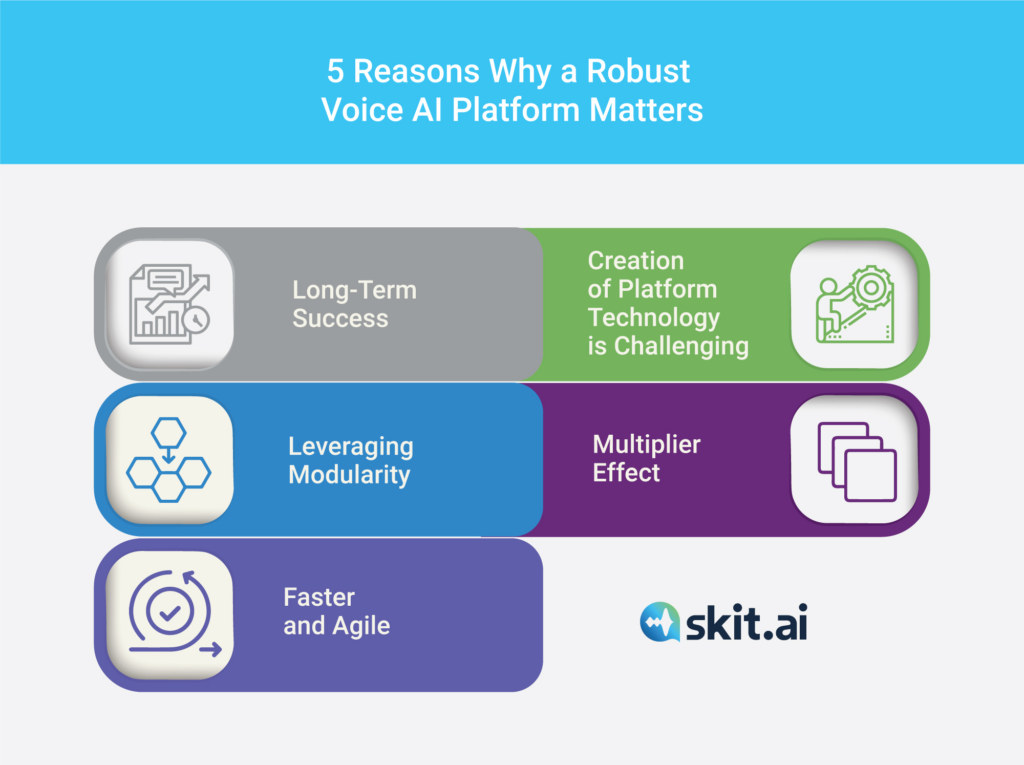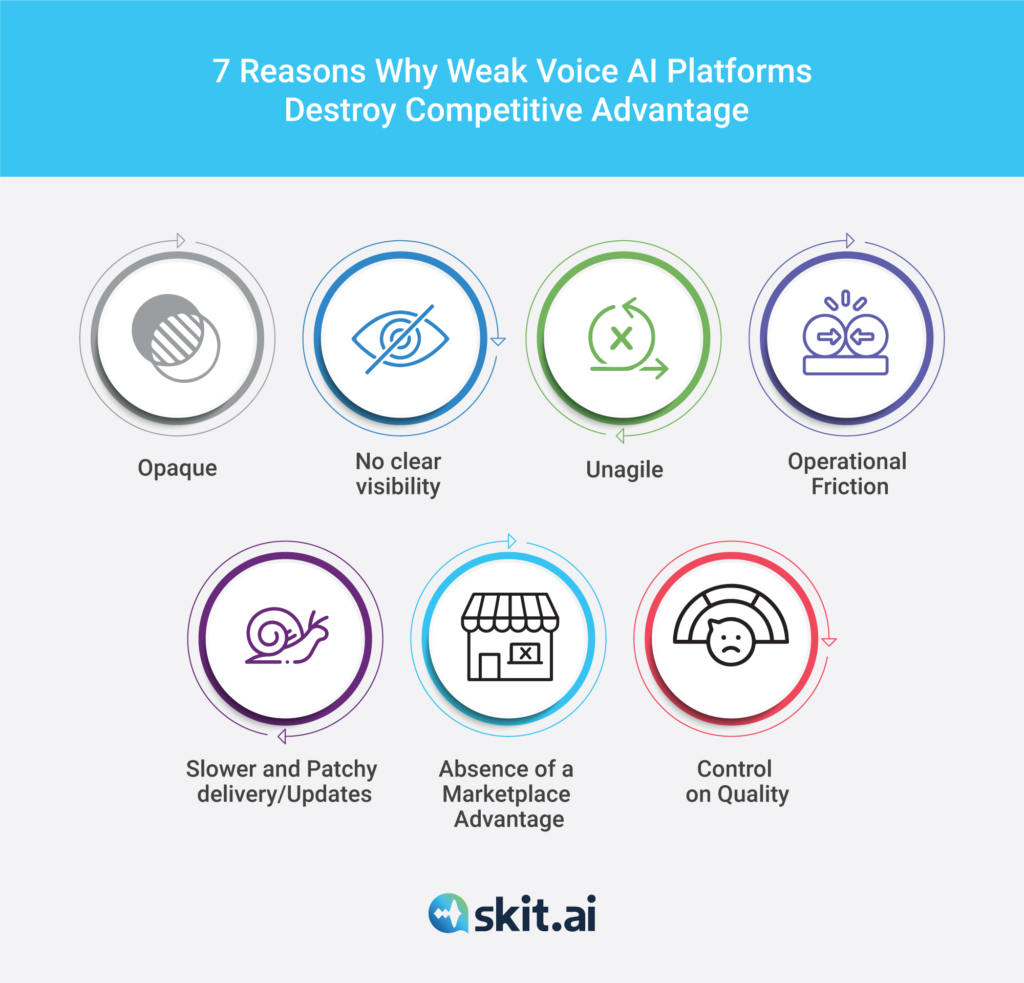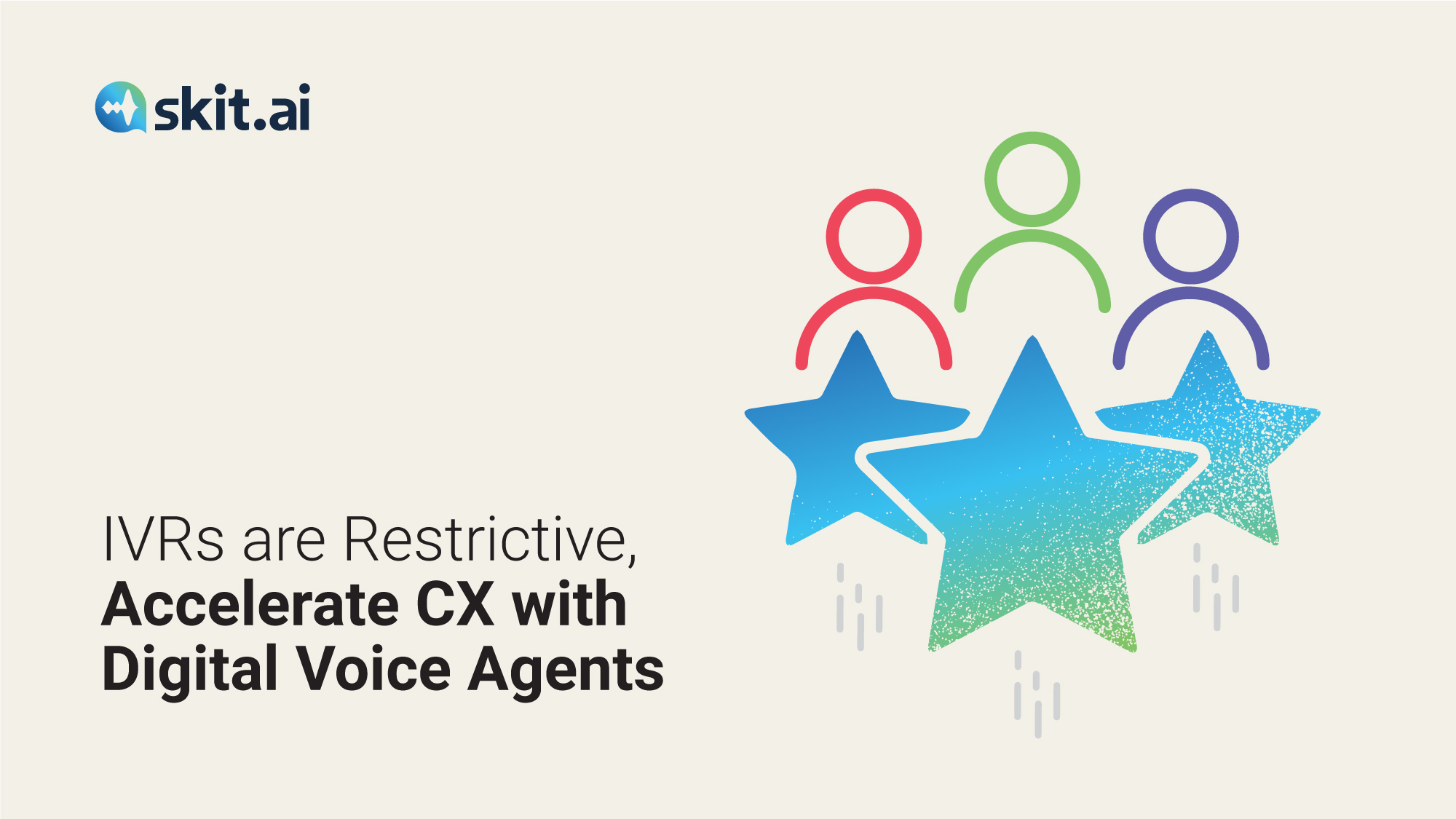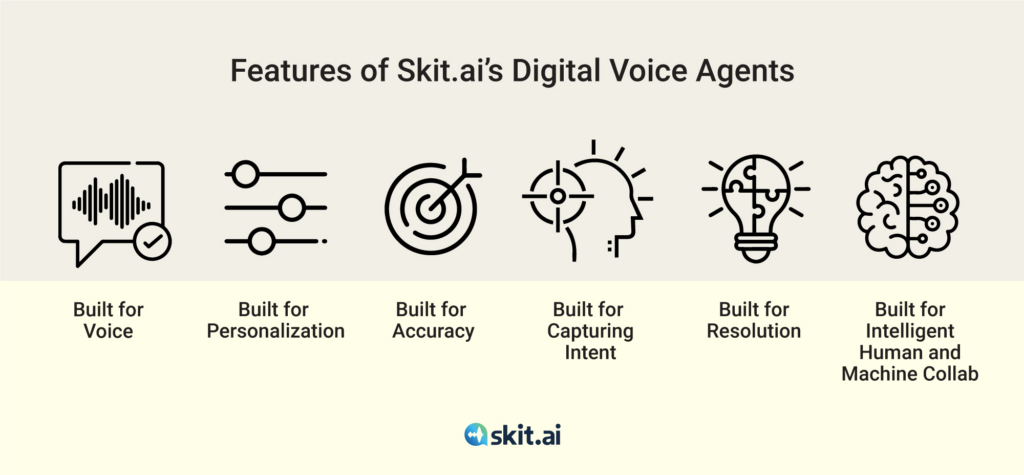The economic volatility is affecting auto financers directly, and so do the inflation and other consumer behavioral trends, making it a genuinely complex space to be in.
Inflationary pressure is mounting significantly in the US economy, and the core inflation jumping to 6.6%, a 40-year high; on the other hand, the US economy is slowing down significantly, putting significant pressure on consumers to avoid delinquencies, which are now at historic highs.
Adding on top of these macroeconomic stresses for auto financers is the acute skilled labor shortage. The cumulative effect has made auto financers scout for automation solutions that can solve their challenges on all fronts.
Before Voice AI, no tech had such a capability that could automate collections and customer support calls without the need for agent intervention. Today, we are crossing the call automation rubicon with Voice AI solutions such as that offered by Skit.ai.
How Voice AI Can Empower an Auto Financing Company with Call Automation
A voicebot is a conversational Voice AI solution that can engage in meaningful conversation with the customers and understand what they are saying, having been trained extensively for particular business support issues. The design of the entire conversation is done, keeping in mind all the possible difficulties a customer can encounter and how best the collection process can be optimized.
So for every customer query, the voicebot has a ready answer as it pulls out relevant and accurate information from the client system and informs the customer, reducing the duration of the conversation remarkably.
Before we deep dive, here are a few salient points that must be borne in mind:
- Our voicebots, also known as Digital Voice Agents, are trained extensively for specific business problems and hence are capable of engaging in intelligent conversations.
- Our voicebot can handle all tier-I disputes, around 70% of customer queries.
- The remainder of calls, nearly 30%, are escalated to the human collector after the voicebot has established and verified the person’s identity and captured disposition. Thus saving human agent time and helping them engage in high-value tasks.
- The cost of a voicebot is less than 1/5th of the human agent cost. Thus, overall pure cost savings are humongous.
- The voicebot can place thousands of calls concurrently, thus reducing the dependence on human agents considerably.
- Our voicebot can be deployed within 45 minutes, making the results tangible and fast.
The impact of our voicebot on the top and bottom lines is well-documented and clear.
Extrapolating results from Skit.ai’s clients with similar use cases, an auto finance company can realize impressive recovery rates at a fraction of the cost.
Before we explain the nuances of our tech, you can take a minute to watch our voicebot in action.
Voice AI for Inbound/Support Calls
Inbound calls are gold mines because of these; a fraction of customers have called to pay and perhaps need assistance in processing their payment.
Present Status Quo or Before Voicebot Deployment: Unfortunately, most auto financers cannot answer a significant portion of incoming customer calls because of a lack of skilled human agents and due to the prohibitive costs. This a considerable opportunity miss.
After Skit.ai’s Voicebot: Every call gets answered, the intent gets captured, and willing consumers are facilitated to make on-call payments. Any query or dispute gets immediately noted or resolved. Also, details of any further follow-ups are recorded, and calls are scheduled.
Voice AI’s Impact:
All the clients of Skit.ai experienced the following:
- Better collections as willing consumers were facilitated with payment options
- Better disposition and intent capture
- Improvements in their CSAT scores
- Better customer experience as financiers can listen and record every customer query.
Voice AI for Outbound Calls
The capability to dial prompt and perfectly timed calls to reach out to overdue and delinquent accounts is perhaps the most significant capability an auto financer can have. The reason is that almost all auto financers with diverse portfolios have faced the problem of limited scalability and portfolio penetration.
The search for automation has always been, in essence, to ease the problem of limiting the scalability of dialing outbound or consumer reach-out calls. Outbound IVRs and other telephony solutions have eased the problem in their limited way. But only with Voice AI do auto financers experience call automation or intelligent automation of consumer calls.
Present Status Quo or Before Voicebot Deployment:
At present, auto finance has a limited number of agents that can place a call for collections. The process begins with an SMS reminder for payment, followed up in due course of time with a call made by an agent, and then depending upon the significance of the account, the subsequent follow-ups. Agent attrition and compliance breach always have auto financers wary of pushing things.
The diversity of auto loans in the portfolio increases the number of calls that need to be made. This leaves a significant part of the debt portfolio unattended.
After Skit.ai Voicebot:
Before you read further, listen to our voicebot in action and how easily it can help consumers pay.
Our voicebot addresses one of the most significant pain points of auto financers—scalability. We have empowered collectors to dial millions of calls within a week if they so desire. This means that reminders for every overdue or delinquent account will be reached out by our voicebot at the right time, at the desired frequency, and even help them make a payment or reschedule their payments if the need arises.
This means that simplistic calls such as reminders and notification calls can be done by the voicebot, which can even capture intent and help agents prioritize accounts.
This seamless scalability in outbound calls empowers collectors tremendously and can take their recovery rates and portfolio coverage intensity to new heights.
Voice AI’s Impact:
- Repayment Rate at par with an average human agent
- Better overall collections at a fraction of the cost
- Human-Agent Bandwidth Optimization
- Cost of Collections slashed to less than 1/5th
- Portfolio Coverage of 100%
- Seamless Scalability that leaves scope to increase portfolio with the same collections team
- Better compliance as the voicebot sticks to the script
Summarizing the Overall Transformation
The distinct advantages of a Voice AI solution such as that of Skit.ai are conspicuous and indubitable, as many collectors have realized tangible benefits quickly. The impact of this technology is truly transformative and has begun to disrupt many businesses function, such as collection and customer support.
Though our solution can be incorporated in less than 45 minutes, the competitive leg up for early adopters is as significant and can impact long-term success.
If you found our technology relevant and exciting, feel free to schedule a meeting with one of our experts using the chat tool below.


